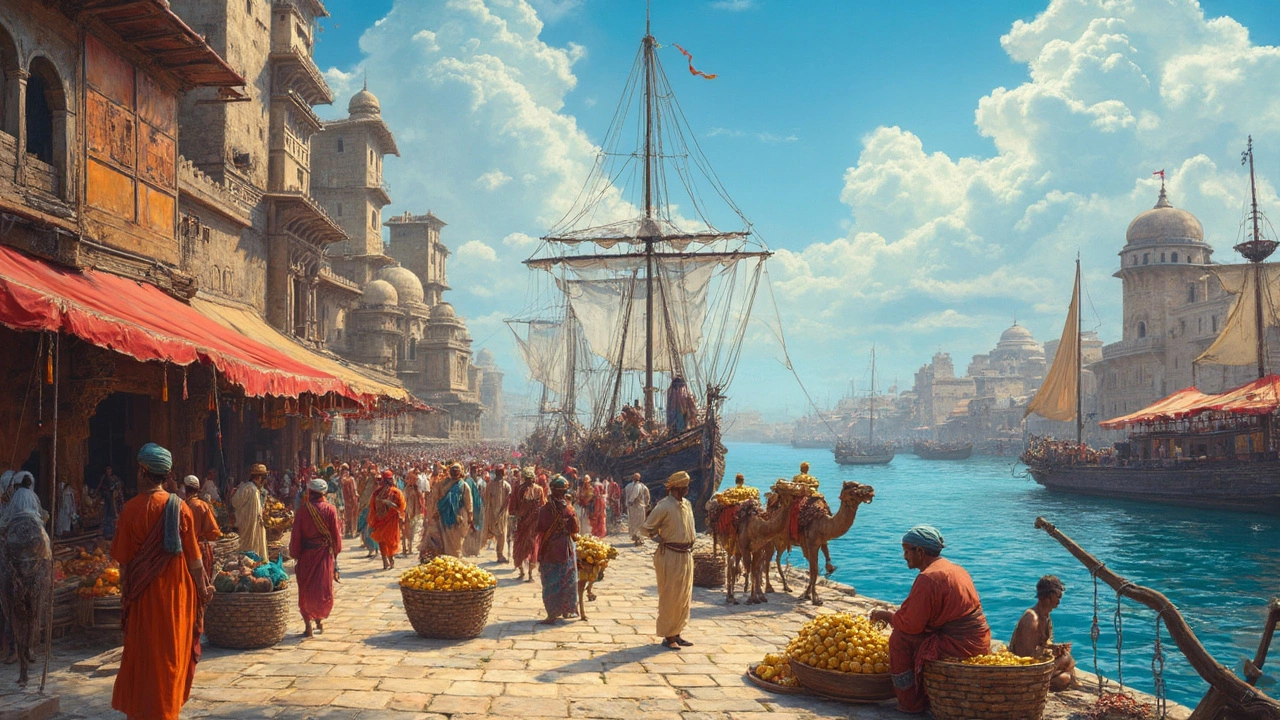Indian Trade History: How Trade Shaped India’s Jobs and Economy
When we talk about Indian trade history, the evolution of India’s domestic and international commerce from colonial times to today’s global economy. Also known as India’s economic opening, it’s not just about imports and exports—it’s the story of how ordinary people gained access to new jobs, skills, and incomes. Before 1991, India’s trade was tightly controlled. Factories needed permits to import raw materials. Exporters faced long delays. This system didn’t just slow down business—it kept millions stuck in low-paying, unskilled work. Then came liberalization. The government opened the doors. Suddenly, companies could bring in better tools, sell products overseas, and hire people with real skills. That shift didn’t just change the economy. It changed careers.
One of the biggest outcomes of this change was the rise of Make in India, a national initiative launched in 2014 to turn India into a global manufacturing hub. Also known as domestic production push, it didn’t just ask factories to build more—it demanded workers who could operate modern machines, follow quality standards, and work in teams. That’s where vocational training India, hands-on education that prepares people for specific jobs like electronics assembly, logistics, or textile production. Also known as skill-based learning, it became the missing link between trade growth and job creation. As exports grew—from textiles to software to pharmaceuticals—companies needed more than degree holders. They needed people who could fix machines, pack goods for shipping, manage inventory, or handle customs paperwork. These aren’t jobs you learn in a lecture hall. You learn them by doing. And that’s exactly what vocational programs started offering across cities and towns.
Today, the legacy of Indian trade history is visible in every skilled worker who landed a job because they learned how to use a CNC machine, pack an export shipment, or manage a warehouse. It’s in the rise of small exporters in Tier 2 cities, the growth of logistics hubs near ports, and the steady demand for certificate courses that actually lead to paychecks. The past 30 years didn’t just open markets—they opened pathways. And if you’re looking to build a career in today’s India, understanding this history isn’t just useful. It’s essential. Below, you’ll find real guides on how trade reforms created new job opportunities, what skills matter most now, and how to get trained for the jobs that actually pay.

Why Traders Flocked to India: Spices, Textiles, and Hidden Wealth
Dive into the real reasons why traders were drawn to India over centuries. Learn about the lure of spices, silks, gold, and the bustling trade routes that shaped the world.